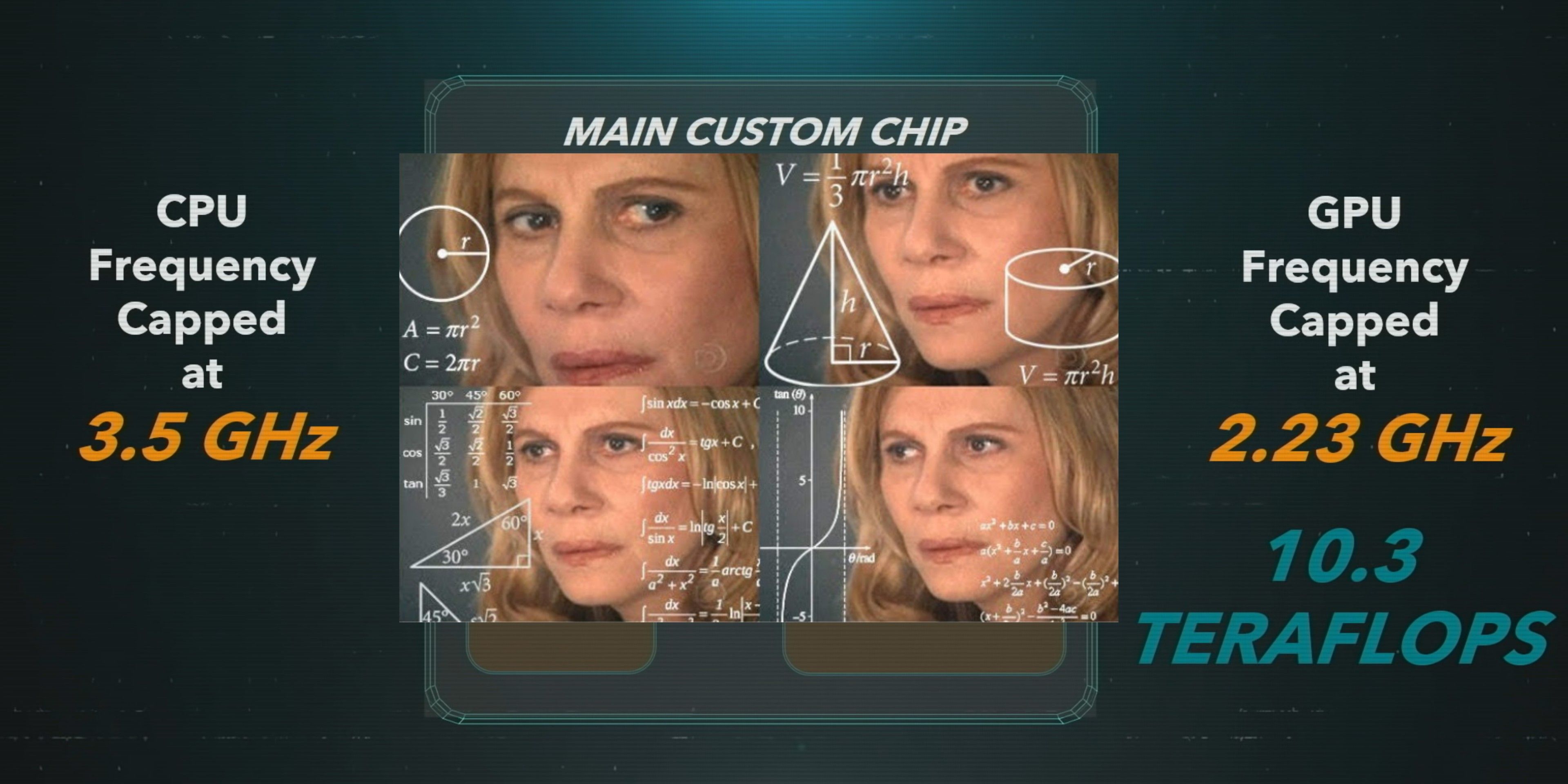As we gear up for the next-generation showdown between PlayStation 5 and Xbox Series X, teraflop comparisons have taken over the conversation. All things are relative, and that's especially true when it comes to hardware upgrades, so it's worth considering how much of a jump PS5 will take over its older brother, PlayStation 4.
The first part of any conversation around teraflops and game systems is of incredible importance, mostly because they're somewhat meaningless. "FLOPS" is short for "floating-point operations per second". It's a measure of how many mathematical operations involving numbers with decimals a processor can handle. The "tera" part is a prefix meaning 1012. So a teraflop is 1,000 gigaflops, just as a gram is 1,000 milligrams, just as an hour is 60 minutes. A computer that can do 5 teraflops can do 5 trillion floating-point operations per second. If that's confusing at all, don't worry, because the only part that matters is the "can do".
With the base model PlayStation 4 being capable of 1.84 TFLOPS and the PS4 Pro being capable of 4.2 TFLOPS, the PS5 is dramatically ahead of both with its recently-revealed capacity for 10.28 TFLOPS (and slightly behind the Xbox Series X). At a glance, that number implies the PlayStation 5 will be more than twice as powerful as the PS4 Pro. If that is the case (although, it's more likely the PS5 will be far more than twice as powerful – even though "power" is not a real metric in this regard) it won't be because it has more teraflops. This is because the teraflop value measures the most FLOPS a processor can do at maximum: it is not a constant value.
How Much Will Having More Teraflops Than PS4 Benefit PS5
Simply having a GPU with more teraflops than PS4 will offer no direct benefits for PS5. The best way to illustrate this is with a metaphor. Imagine two people are competing in a writing competition. One competitor can write 100 words per minute and the other can write 85. If the contest rules were to write as many words as possible, it's easy to predict the winner. However, if the competition was to write a compelling story, their words per minute number would be a factor in their ability to compete, but there's more to the job than just the writing part. They'd have to brainstorm, gather information, edit, and so on, in addition to writing. In the end, most of the time spent producing the story isn't the time spent writing.
Computers work in the same way. Computing floating-point operations is only one of many tasks. There are indeed times when a computer needs to handle millions of FLOPS, just as there are times when it will require hundreds or thousands. The key is they will almost never need to handle their maximum number of FLOPS for any significant length of time. A car that can reach 300 mph is technically faster than one that maxes out at 200 mph, but how often will someone shopping for a vehicle ever use that metric to make a purchasing decision? The speed is attractive, but other factors matter much more.
With that said, expect PlayStation 5 to be much faster and more powerful than PS4. However, keep in mind that isn't entirely because its GPU has more FLOPS. PS5 also has more RAM, better I/O, better clock speeds, and all of these things impact how games will look and perform more than the total number of FLOPS it can compute. When it comes to comparing PS5 to PS4, understand that PlayStation 5 is a colossal leap forward in performance; if Mark Cerny's statements about the system's SSD are true, it could literally change how developers make video games. Just bear in mind, the addition of 6.08 teraflops is only a small part of the reason for this.
PlayStation 5 is scheduled to launch in Fall 2020.


